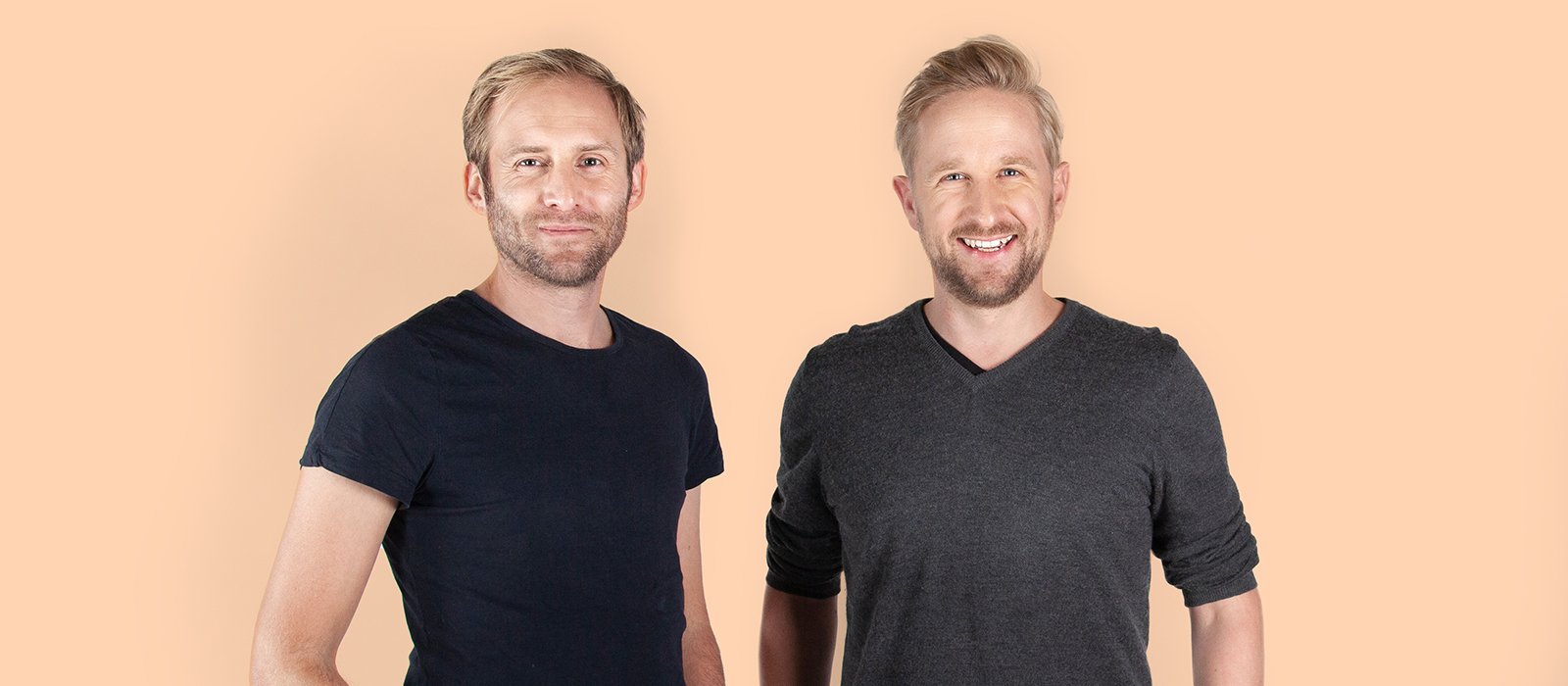While universal healthcare is something we know as normal life here in Europe, it’s not always all-inclusive. In Germany alone, 26.8 million people have some form of supplementary insurance, for example covering hospital stays or dentures.
Unlike the statutory health insurance programmes that interface directly between government agencies and healthcare providers, private insurance programmes often run off a, “you as the patient pay for it, we’ll reimburse you" model. In this way, the privately insured initially shoulder the cost, and then simply have to wait until their claim is processed, with no clear indication of when that money will arrive.
In the vast majority of cases, this is done in an archaic manner, that is, the tabulation of paper receipts and a trip to the post office. Serial entrepreneur Fredrik Debong who revolutionised the diabetes treatment market years back with mySugr, and hi.health co-founder Sebastian Gruber knew there had to be a better way.
In 2019 the duo launched hi.health, an app through which users can have their health expenses submitted to nearly every private health insurance firm in Germany in a complete and total digital format. The app uses AI-based character recognition technology to automatically extract data from images of receipts, populates insurance claim forms and submits them. No more copies of copies, envelopes, stamps, and hoping things all arrived, i.e. 21st-century private healthcare claims submissions.
So far so good, and users across Germany have been flocking to the service. But …
What about that waiting time I mentioned earlier? Debong, who himself has diabetes is all too familiar with the shelling out of cash upfront, and then waiting to get it back. For example, “Let’s say I’m paying €1,000 for all my diabetes treatments per month. I’m covered for it through my private insurance, but that’s still €12,000 a year in cash flow that I need to account for,” says Debong.
To this end, hi.health is now eliminating this worry for consumers with Europe’s first digital health expense account. In addition to the dead-simple services already on offer, hi.health is now offering users immediate reimbursement costs, thus stopping the cash-flow gap.
"With this release, we may have just eliminated all health expenses for 30 million people in Germany," says Debong.
Users can set up their health account within the app and always have an account balance overview. Once a service has been paid for, users scan and upload the receipt and receive reimbursement directly from hi.health. hi.health then takes on the legwork and recoups the fees from the insurance company.
On the flip side, if a service has already been rendered, but not paid for, hi.health will also take on this responsibility and pay the billing party. This outstanding debt to the company will then be reflected in the users’ account balance. As soon as the insurance company reimburses the cost, the account balance is updated.
As there is the potential for abuse, and there is some risk involved with the process, hi.health is limiting the first submission to a cost of €100, but presumably, caps will increase over time based on a user’s track record.
“The expansion of the hi.health app to include the health expense account was the next logical step for us on the way to making communication with insurance for privately insured people as easy and intuitive as possible. We founded hi.health with the vision of removing bureaucratic hurdles in the cost structure for people with private insurance and offering them a contemporary, digital user experience. Since our start in 2019, we have already processed more than ten million euros in reimbursements - this shows us that the need on the part of the insured is very high. The health expense account now combines your own health insurance with a mobile banking experience,” concludes Debong.
Featured Image provided by Anna-Clara Holmberg



Would you like to write the first comment?
Login to post comments